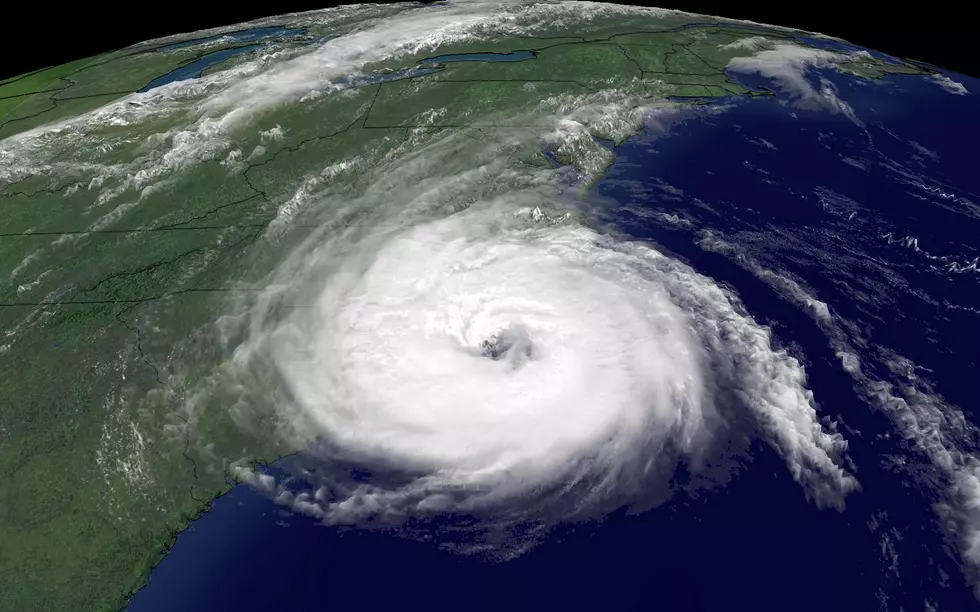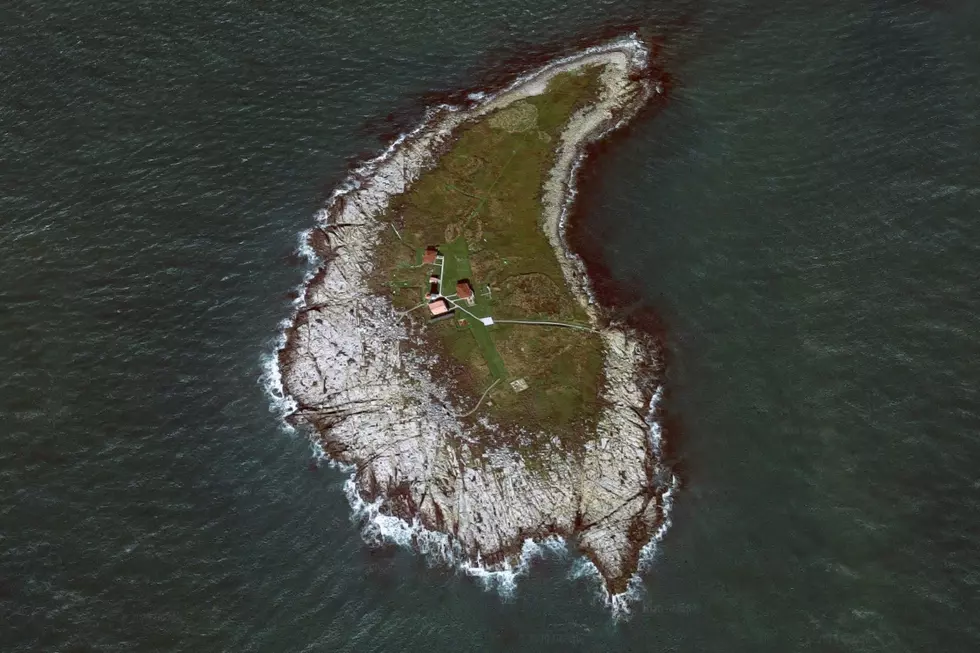
How an ‘Extremely Active’ Atlantic Hurricane Season Could Affect Maine, Massachusetts
Spring has barely sprung, and weather experts are already making nerve-wracking predictions for the late summer and fall. But that's how it goes when trying to size up the forthcoming hurricane season.
According to CBS News, the research team from the Colorado State Tropical Meteorology Project released a 44-page set of predictions last week that caused some buzz amongst their peers. The buzz centers on the Colorado State's lofty prediction that 2024 could see double the amount of hurricanes that 2023 saw.
The Reasons Behind the Prediction
The Colorado State University researchers have predicted 23 named storms for the Atlantic hurricane season in 2024. The named storm average over the last 30 years has been around 14 storms per year, so 23 storms would be a massive jump.
The Colorado State team believes there will be two significant factors in the ballooning of hurricanes for 2024. Warming sea surface temperatures along the Atlantic seaboard will allow storms to maintain their strength as well as the adverse effects of La Niña. La Niña is likely to present favorable conditions for hurricanes throughout the summer and fall.
Maine's Hurricane History
Most Mainers believe the last hurricane to make landfall in the state was Bob back in 1991. That had actually been downgraded to a tropical storm by landfall. The effects of Bob were still felt by the towns and communities along the coast.
The last hurricane to arrive in Maine was Gerda back in 1969. That storm brought winds in excess of 80mph to several towns on the southeastern coast of Maine. But the Maine coastline has seen plenty of powerful storms in the past couple of years to know that a mix of the right conditions and right path is all it will take to make Gerda a distant memory.
How a Turbulent Hurricane Season Could Affect Maine and All of New England
Even if a hurricane doesn't make landfall in New England, the sheer volume of likely storms could create an unsettled summer and fall for the region. Clouds, heavy rainfall, strong winds, and severe thunderstorms are all in play. Warming sea surface temperatures in New England are becoming an issue, which will bring Mainers back to the uncomfortable reality they've faced many times in recent years.
Strong storms leading to flooding, lengthy power outages, and costly damage that extends beyond the coast.
The Atlantic hurricane season starts June 1 and ends November 30.
The Top 9 Most Walkable Cities in Maine
Gallery Credit: Jordan Verge
LOOK: The most expensive weather and climate disasters in recent decades
Gallery Credit: KATELYN LEBOFF
More From B98.5









